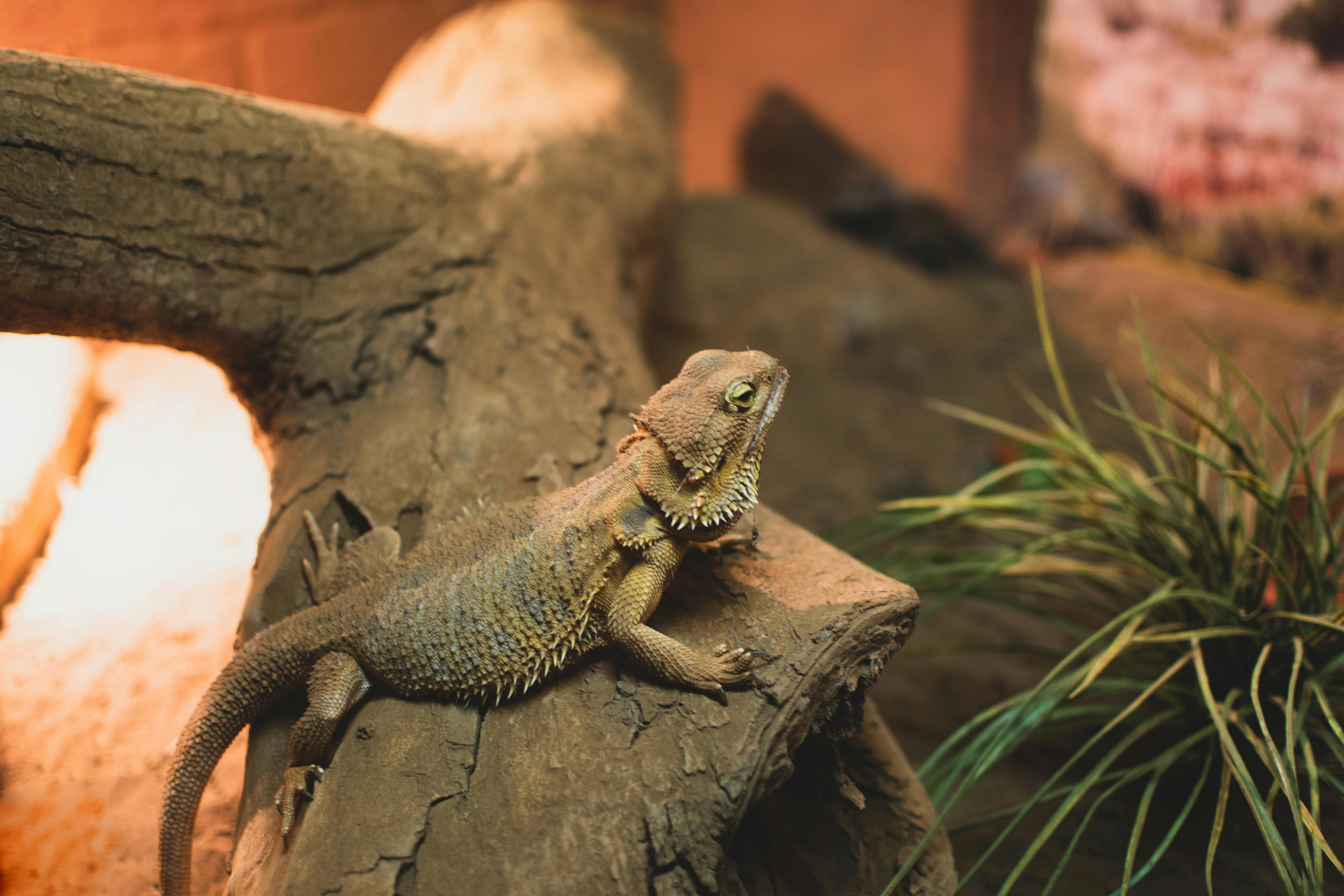The Curious World of Geckos: Nature's Sticky-Footed Marvels
Introduction: Geckos, with their wide-eyed charm and remarkable climbing abilities, have long captivated both scientists and animal enthusiasts alike. These small lizards, found across the globe, possess an array of fascinating adaptations that make them truly unique in the animal kingdom. From their incredible adhesive toe pads to their diverse colourations and patterns, geckos offer a wealth of intriguing features to explore.

A Global Family of Lizards
With over 1,500 species, geckos are found on every continent except Antarctica. They have adapted to a wide range of habitats, from scorching deserts to lush rainforests. Some species, like the Mediterranean house gecko, have even become successful urban dwellers, thriving in cities around the world. This adaptability has led to an incredible diversity in gecko appearances and behaviours, making them a fascinating subject for researchers and reptile enthusiasts alike.
Masters of Camouflage and Communication
Many gecko species possess remarkable camouflage abilities, allowing them to blend seamlessly into their surroundings. Some, like the leaf-tailed geckos of Madagascar, have evolved body shapes and patterns that mimic leaves or bark with astonishing accuracy. Beyond their visual disguises, geckos also communicate through a variety of vocalisations. Unlike most lizards, many gecko species can produce distinct calls, ranging from soft chirps to loud barks, which they use for territorial defence and mate attraction.
Regeneration and Other Survival Tricks
One of the most well-known gecko traits is their ability to shed their tails when threatened, a process known as autotomy. This defence mechanism allows them to escape predators, leaving behind a still-wriggling tail to distract their attacker. Even more remarkably, geckos can regenerate their tails, although the new appendage lacks the original’s bone structure and is instead supported by cartilage. Some species have taken this regenerative ability even further, with the ability to shed and regrow skin as a defence against parasites.
Geckos in Human Culture and Commerce
Geckos have long held a place in human culture, appearing in folklore and mythology across many societies. In some parts of Asia, geckos are considered symbols of good luck and are welcomed in homes as natural pest control. In recent years, the gecko’s unique abilities have inspired technological innovations, such as adhesives that mimic their toe pads. The pet trade has also embraced geckos, with species like the leopard gecko and crested gecko becoming popular choices for reptile enthusiasts. These geckos, bred in captivity, can fetch prices ranging from £30 to £200 or more for rare morphs.
Conservation Challenges and Future Prospects
While many gecko species remain abundant, others face significant threats from habitat loss, invasive species, and over-collection for the pet trade. The Union Island gecko, for example, was pushed to the brink of extinction by poaching before conservation efforts intervened. Climate change also poses a growing threat, potentially altering the delicate ecosystems many gecko species depend upon. However, ongoing research into gecko biology continues to yield fascinating discoveries, from their complex social behaviours to the potential medical applications of their antimicrobial skin secretions.
As we continue to unravel the mysteries of these remarkable lizards, it becomes increasingly clear that geckos are far more than just cute, sticky-footed creatures. They represent a diverse and adaptable group of animals with much to teach us about evolution, biomechanics, and the intricate ways life has found to thrive in every corner of our planet. Whether scaling skyscrapers or inspiring new technologies, geckos remind us of the endless marvels waiting to be discovered in the natural world.




